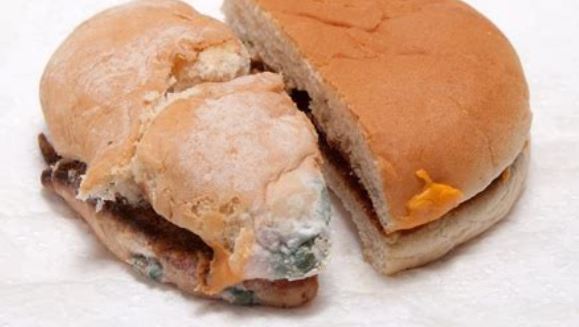
Many people have been inadvertently allowing a toxic detergent chemical to enter their bodies. The list of vaccine excipients that the CDC released in January 2017 contains some of the most dubious and toxic ingredients used by the pharmaceutical industry. One such ingredient, Triton X-100, is an industrial grade detergent used mainly in textile and agrochemical production. The chemical is also used in manufacturing household and industrial cleaners, paints and coatings, as well as oilfield and metalworking fluids.
Apparently, the toxic detergent is also used in the production of the influenza vaccine. As per CDC data, five influenza vaccines contain the hazardous compound. Surveillance data from the CDC also revealed that more than 20 percent of U.S. based clinical laboratories examined tested positive for influenza viruses during the Oct. 2, 2016 to Feb 4, 2017 period alone. Nearly half of public health laboratories across the U.S also tested positive for the influenza virus during the same period, data showed. More than seven percent of influenza-positive patients were younger than four years old, while 30.4 percent were between the ages five and 24. Another 30 percent of patients were between 25 and 64 years old, and 31 percent were seniors aged 65 and older.
Detergent in vaccines shown to cause health concerns
The CDC's surveillance data on recent flu infections should raise concerns on the subsequent long-term effects of Triton X-100 contained in influenza vaccines. Previous studies have associated the toxic chemical with adverse health effects. A safety data sheet released by LabChem indicates that long-term exposure to Triton X-100 may induce gastrointestinal issues, eye damage and respiratory irritation.
A study in the Indian Journal of Occupational & Environmental Medicine revealed that polyethylene found in detergents like Triton X-100 is associated with a host of adverse health defects including insulin resistance, reduced reproductive activity and other metabolic issues.
Another study showed that nonionic surfactants such as Triton X-100 cause damage to enzyme activity that is vital for the body's normal physiological functions. Surfactants are also considered a carcinogen and are extremely toxic when they accumulate in the body. Furthermore, accumulation of surfactants like Triton X-100 inside the body may lead to liver damage and other chronic symptoms. These findings appear in the Journal of Chemical and Pharmaceutical Research.
Detergents, such as Triton X-100, found in flu vaccines have also demonstrated synergistic toxicity with other medications. These detergents are also shown to promote tumor growth and cause cellular leakage due to weakened cellular walls. These toxic substances do not have a mechanism that regulates their destructive substances and often copies the membrane attack complex (MAC). The pharmaceutical industry fails to sift through and purify these mechanisms from the final vaccine product, which means these destructive chemicals directly enter the bloodstream at the time of immunization.
Research data also showed that polyethylene contained in Triton X-100 is an endocrine disruptor, which interferes with normal endocrine functions in the body. The study, published in Molecular and Cellular Endocrinology, stressed that the compound derails the body's homeostatic mechanisms that are essential for weight regulation. Another study revealed that very high exposure to polyethylene, which is commonly found in surfactants such as Triton X-100, lead to adverse reproductive incidents.
Detergent, just one of many toxic chemicals in flu shots
The industrial detergent Triton X-100 is only one of the many toxic ingredients that are present in the flu vaccine. According to the CDC list, flu vaccines also contain traces of formaldehyde, monosodium glutamate and thimerosal, a carcinogen, neurotoxin and mercury-based compound respectively. The inclusion of Triton X-100 on the CDC list makes for an opportune time to call for assessments on the toxicity of substances being added to vaccines.
Sources include:
LabChem.com [PDF]
JOCPR.com [PDF]
Please contact us for more information.


















